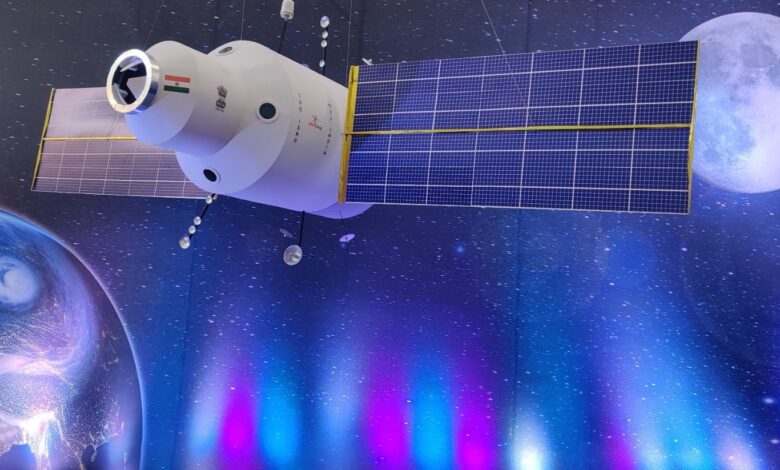ISRO initiates development of India’s first space station
ISRO Chief S Somanath mentioned that the initial modules of the space station could be launched within the coming years.

India’s space ambitions are taking a significant leap as the Indian Space Research Organisation (ISRO) initiates the establishment of the nation’s inaugural space station.
ISRO Chief S Somanath has revealed that the initial modules of the space station might be launched within the next few years. Prime Minister Narendra Modi has set an ambitious target for ISRO to have India’s independent space station operational by 2035.
The development of essential technologies for the space station is already underway, with plans to position it in a low Earth orbit, accommodating 2 to 4 astronauts.
India aspires to join the exclusive group of countries with independent space stations, which currently includes Russia, the United States, and China. Dr. Unnikrishnan Nair, the director of Vikram Sarabhai Space Centre, reports that the work is progressing vigorously, and India plans to utilize its heaviest rocket, Bahubali or Launch Vehicle Mark 3, to deploy components into an orbit approximately 400 km from Earth.
The Indian space station aims to facilitate microgravity experiments, including astrobiology experiments, and explore the potential for a lunar surface habitat. Initial estimates suggest a weight of about 20 tonnes for the space station, constructed with solid structures that may incorporate inflatable modules, ultimately reaching around 400 tonnes in the final version.
The station will feature a docking port for the crew module and rocket, with efforts to make it compatible with the International Space Station’s docking port. The completed Indian space station will comprise four different modules, with at least four pairs of solar panels for power generation. A permanently docked safety crew module escape system will be in place for emergency situations.
The primary module will house an India-made Environmental Life Support and Control System, responsible for generating oxygen, removing carbon dioxide, and maintaining optimal humidity levels.
The initial phase will involve two large solar panels to generate the necessary power for the Bharatiya Antariksh Station, aligning with Prime Minister Modi’s vision for India to achieve ambitious goals in space exploration, including setting up the space station and sending the first Indian to the Moon by 2040.
You might also be interested in – ISRO successfully tested CE20 cryogenic engine for Gaganyaan Human Spaceflight Program



